Upon arriving to L.A beginning of 2014 following three years in Canada I visited the Getty Center where a few splendid hours were spent. I went into a discovery-walk mode, saw the Ansel Adams in-focus exhibit, and took a significant number of photos. It truly is an amazing place to get lost in time and space. Perhaps the only venue to come close was the Chicago Art Museum.
Then I heard of the Getty Villa in Malibu. I passed by it a couple of time, though I haven’t gone in until a few days ago when my aunt and cousin offered to visit on Wednesday morning. My aunt had been before but it was a first for my cousin and myself. Tickets have to be purchased in advance, which was done before heading.
The area is spread across 64 acres that were bought by J. Paul Getty in 1945. The museum is spread on two levels and it is surrounded by four different gardens, all planted with species from the Mediterranean region. The museum first opened its doors in 1954. Then 20 years later in 1974, the new J. Paul Getty Museum opened in another location — the one I had first visited.
According to the free “Map and Guide” pamphlet we were given at the entrance:
The Getty Villa is modelled after the Villa dei Papiri, a Roman country house in Herculaneum buried by the eruption of Mount Vesuvius in A.D. 79. Because most of the villa remains unexcavated, many of its architectural details are based on elements drawn from other ancient Roman homes in the towns of Pompeii, Herculaneum, and Stabiae.
Now enough with words. Let us enjoy the silent beauty in the following photo series captured on that day.
 |
| The Entry Pavilion by the South Parking |
 |
| The Outdoor Theatre and Auditorium with the museum entrance shown on the right |
 |
| The Marbury Hall Zeus, King of the Olympian gods Roman, made in Italy — A.D. 1-100 |
 |
| Pair of altars with Aphrodite and Adonis Greek, made in Taras, South Italy — 400-375 B.C. |
 |
| Enthroned Zeus Greek, about 100 B.C |
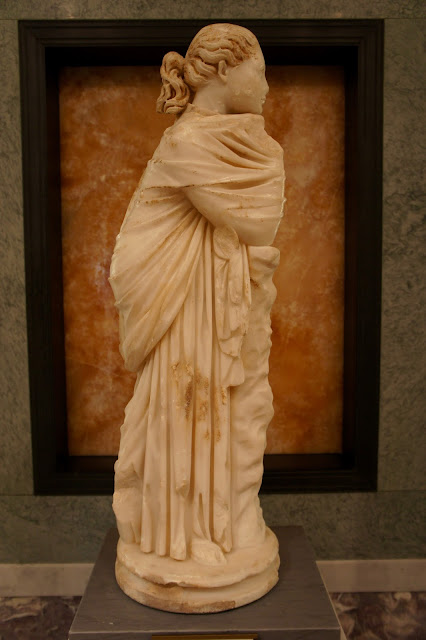 |
| Muse Roman — about A.D. 200 |
The Muses were nine goddesses of the arts and sciences who inspired poets and philosophers. This one is identified as Poluhymnia, the Muse of mine.
 |
| Venus Roman — A.D. 175-200 |
 |
| My aunt decided that since I love women a picture with this other Venus should be taken. I didn’t argue. |
 |
| Hygieia-Aphrodite Roman — A.D. 200-250 |
 |
| Monsters and Minor Deities |
 | |
| Incense Burner Supported by Nike Greek, made in Taras, South Italy — 500-480 B.C. |
This was interesting. Since there are 1200 works of art at the Getty Villa, I couldn’t possibly photograph all pieces or read all signs. So I was kind of skimming through. The sign for the above sculpture, though, really caught my attention, especially the “Supported by Nike” part in the title. To my eyes, these three words were so out of place, that for a brief moment I couldn’t believe how such renowned entity would sell some space for advertising money. And it’s Nike the shoes!
The novel piece of information eventually made it to Little Things I Recently Learned (2016) published a couple of weeks after.
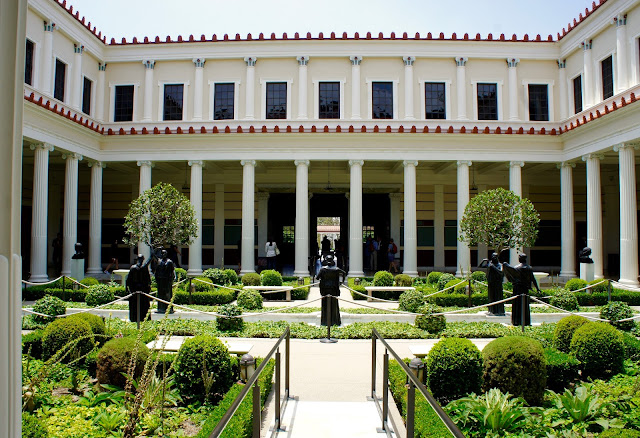 |
| The Picturesque Inner Peristyle |
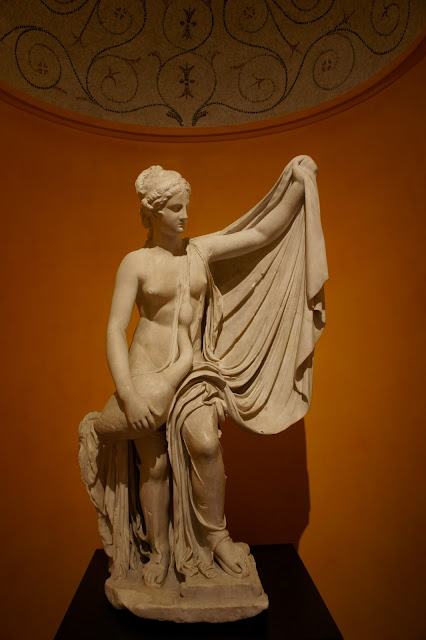 | |
| Leda and the Swan Roman — A.D. 1-100 |
 |
| I stopped fighting my inner daemon; I’ve unleashed it |
 | |
| Hercules Roman — A.D. 100-200 Herakles the great Greek hero was adopted by the Romans who called him Hercules. Once again he is here depicted with the skin Nemean lion and the club. |
 |
| Poet as Orpheus with Two Sirens Greek, made in Taras, South Italy — 350-300 B.C. |
 |
| The Mazarin Venus Roman, A.D. 100-200 |
 | ||||||||||||||||||||||||||||||||||||||||
| Sarcophagus with scenes from the Life of Achilles Romans, made in Attica, Greece — A.D. 180-220
|














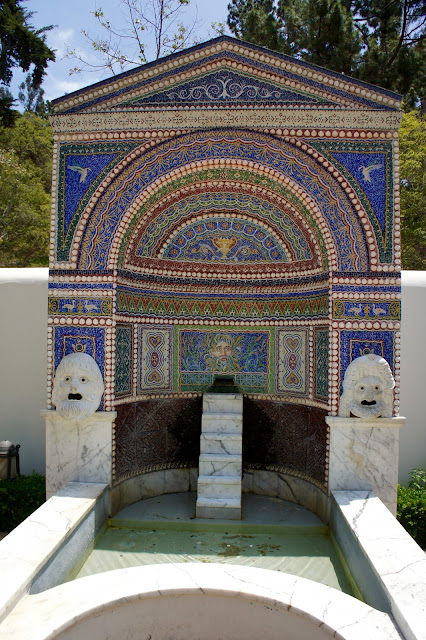




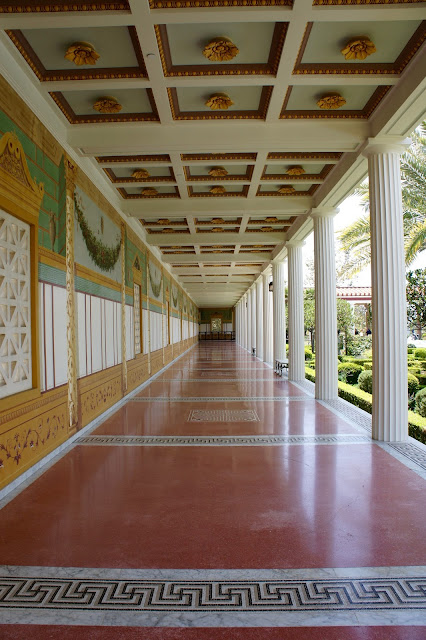


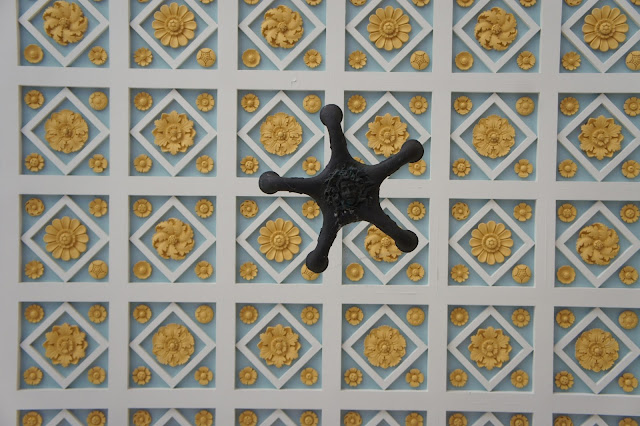





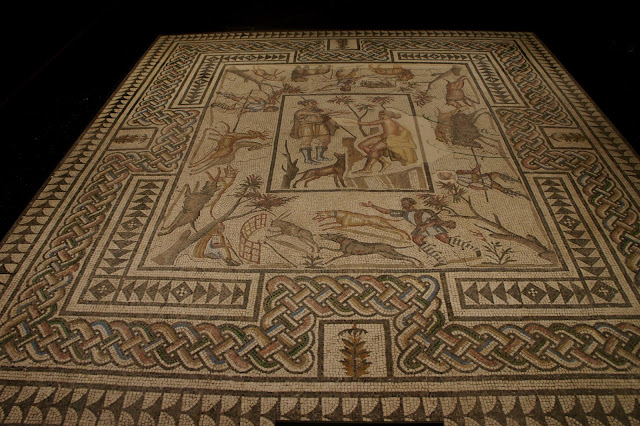








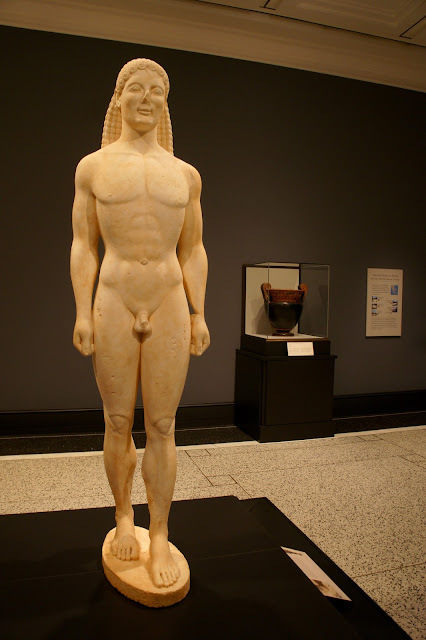
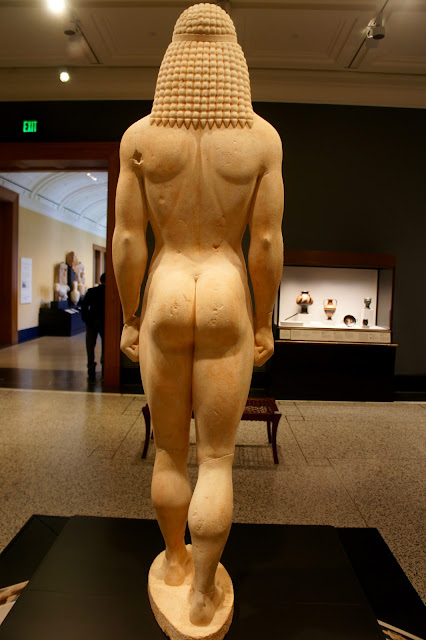
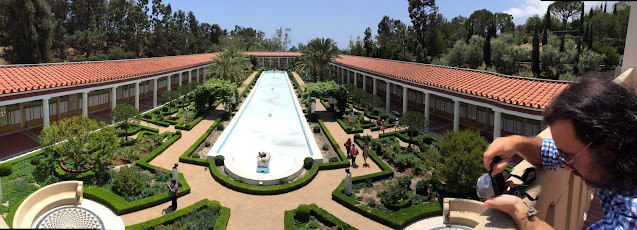

No comments:
Post a Comment